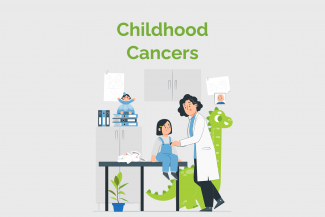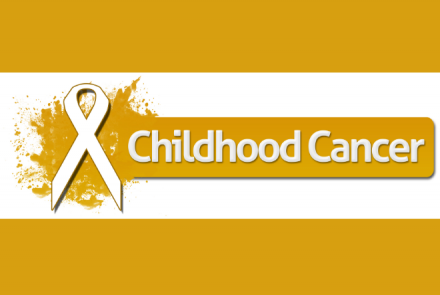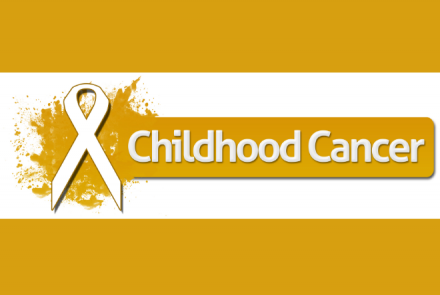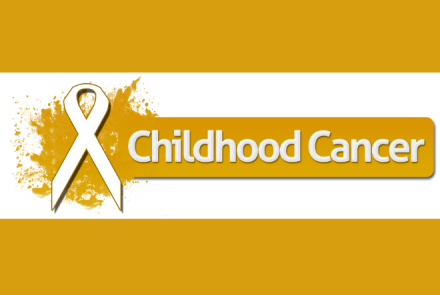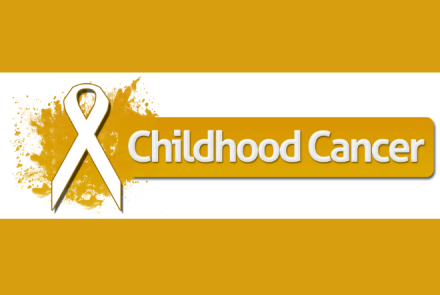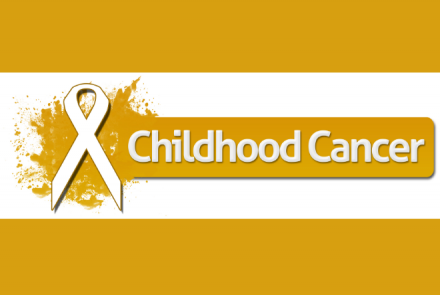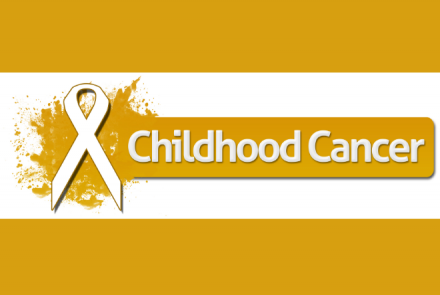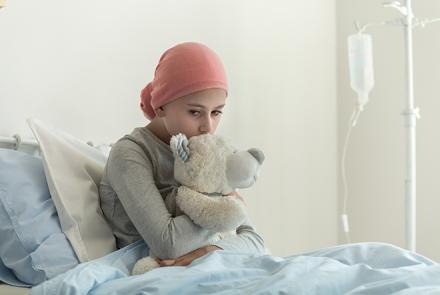Childhood cancer cancers, also called Pediatric cancers are cancers that affect children from the birth to adolescence. Most of these cancers are quite rare and behave differently than they do in adults.
According to the WHO, approximately 400,000 children (aged 0-19 years) are diagnosed with cancer every single year.
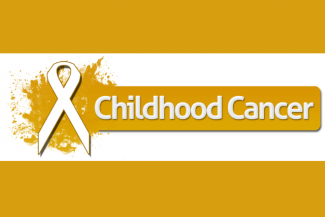
According to the WHO, approximately 400,000 children (aged 0-19 years) are diagnosed with cancer every single year. While high-income countries have an 80% cure rate for children, in low-income countries the cure rate is estimated to be merely 15-45%.
Childhood cancer cancers , also called Pediatric cancers are cancers that affect children from the birth to adolescence. Most of these cancers are quite rare and behave differently than they do n adults.
References:
World Health Organisation. https://www.who.int/news-room/fact-sheets/detail/cancer-in-children
Community
Condition

